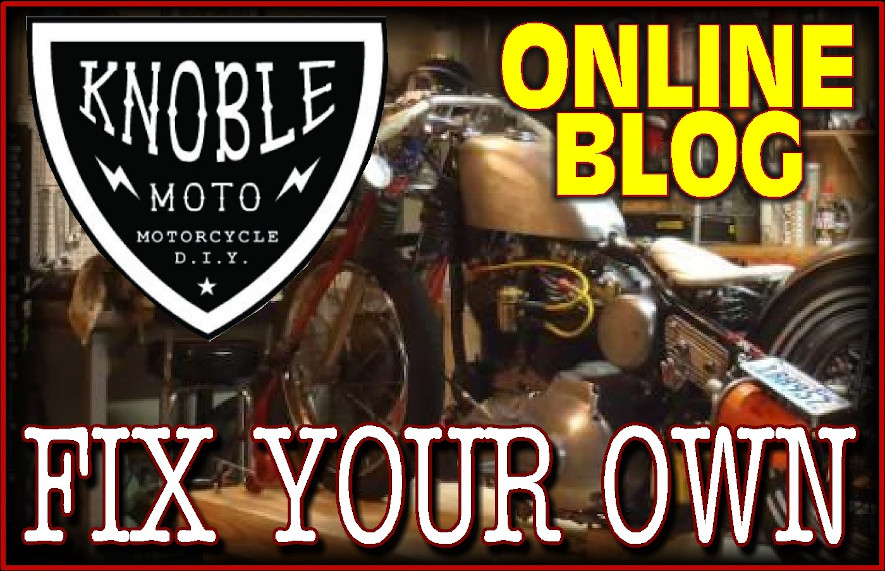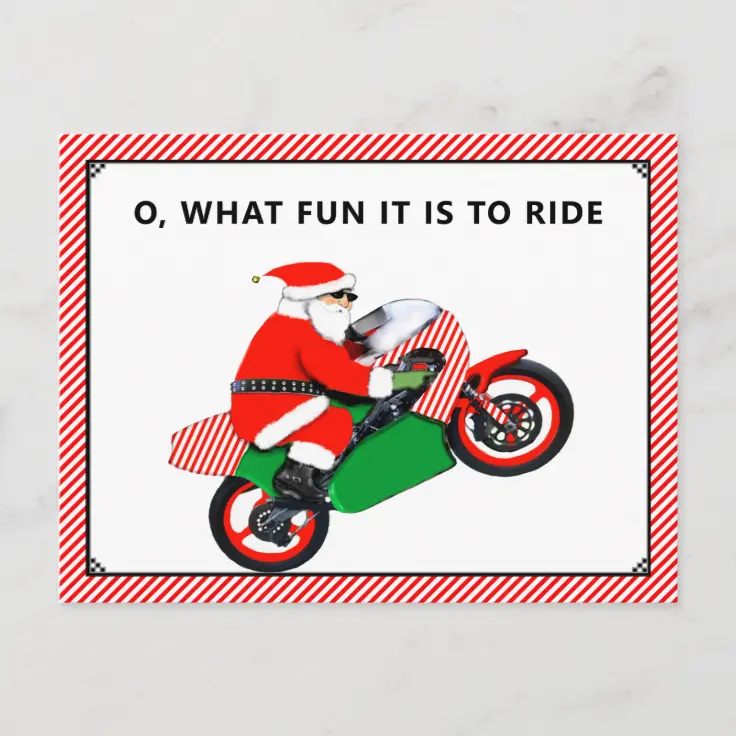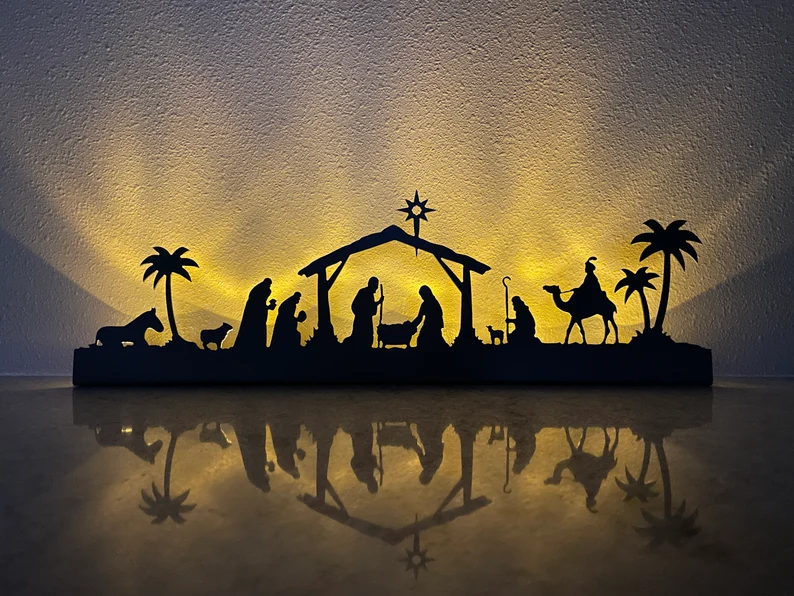
Stopping is Good
At some point, in all rebuilds and in-depth repairs, you seem to connect with the machine. Each test ride brings a little more joy and connectivity between the owner and the machine. As anyone who has turned enough wrenches knows, at some point, you establish a bond or relationship of sorts between you and the machine. This relationship often involves mixed emotions – but no matter what the emotions – you will always have a bond to that bike.
With the XS650 barn find, there has been an interesting bond that has formed. It’s not just the standard bond between the machine and myself; this bond included all the students who have turned a wrench on this bike. When your work involves brakes and other essential safety components, the bond only gets stronger.
We dove into the brakes in a class where the students and I first disassembled the system and assessed the corrosion and wear. First, we took on the front dual piston caliper. We disassembled the caliper into two pieces, and with the use of a rubber nozzle air gun, we put compressed air into the brake fluid port, and this pushed the pistons out of the caliper. One piston came right out, but the other required some twisting with channel locks, and periodic re-compressing until it was finally pushed out with the compressed air. There was a large amount of pitting on the piston and in the bore of the caliper. One student cleaned up the caliper and piston with some scotchbrite, and this knocked down the high spots, but the pitting was deep into the steel. We rebuilt the caliper anyways, because the point of the class is educating people on motorcycle repair, even if the parts are not 100% reusable after the class.
Next, we dove into the master cylinder. Simple disassembly led to the discovery of a large amount of brown goo inside the piston bore. This brown goo is the product of the condensation that has formed inside of the master cylinder and mixed with brake fluid. The goo is an extreme example, but an example nonetheless, of what happens to your brake fluid over time. This is why it is important you flush your brake fluid every few years.
Before the disassembly, the front brakes did moderately work. Had I used them and got any temperature built up in the brakes, the water inside their system could have easily boiled – and at that time, I would have had “brake fade”. Brake fade is when the brake fluid boils, and at the boiling point, air is released from the water/fluid mix and, as we all know, air in the braking system prevents the brakes from building up pressure. In simple terms: water equals no brakes, and no brakes equals unintentional tattoo removal.
Back to the master cylinder. After disassembly, a student scrubbed it out with a small wire brush and a pipe cleaner. However, much like the brake caliper, the master cylinder bore was badly pitted. For safe operation the master cylinder housing would have to be replaced. But once again, I continued with the rebuild for the progress of the class. The mass of the rebuild is the replacement of seals and springs. When installing new lip seals, it is important to be sure that you do not nick the outer edge of the seal because even one little nick can cause premature failure of the seal. We reassembled the system, and much to my surprise it sealed and bled out.
After the class, I took the bike for a test ride despite it having highly questionable front brakes. I am a firm believer in wearing a full-face helmet, jacket, and gloves, so I did not throw complete caution to the wind. This test ride would not fall under the category of the “safest ideas” therefore I am not endorsing riding on “questionable” brakes.
The brakes worked. And they worked surprisingly well, but I will be replacing the entire front brake system with new components, because I don’t not know who will be riding this bike in the future. Don’t screw around with your front brake.
The front brake rebuild and flush is a project the average wrench can complete in their garage with tools and some patience. If you would like to learn more about this or any other motorcycle repair subject, take a class, or stop by Skidmark Garage.
Knoble Moto is a partner of Skidmark Garage. We teach classes for the DIY crowd, on all aspects of motorcycle repair. Entry level maintenance, valve adjustments, carburetor cleaning and tuning, drive line service, suspensions, and even engine work. Our class subjects are updated regularly, so check back often. If there is a subject you do not see covered, shoot me an email at knoblemoto@gmail.com Find us on Facebook at www.facebook.com/knoblemoto, Instagram Knoble_Moto and www.KnobleMoto.com



